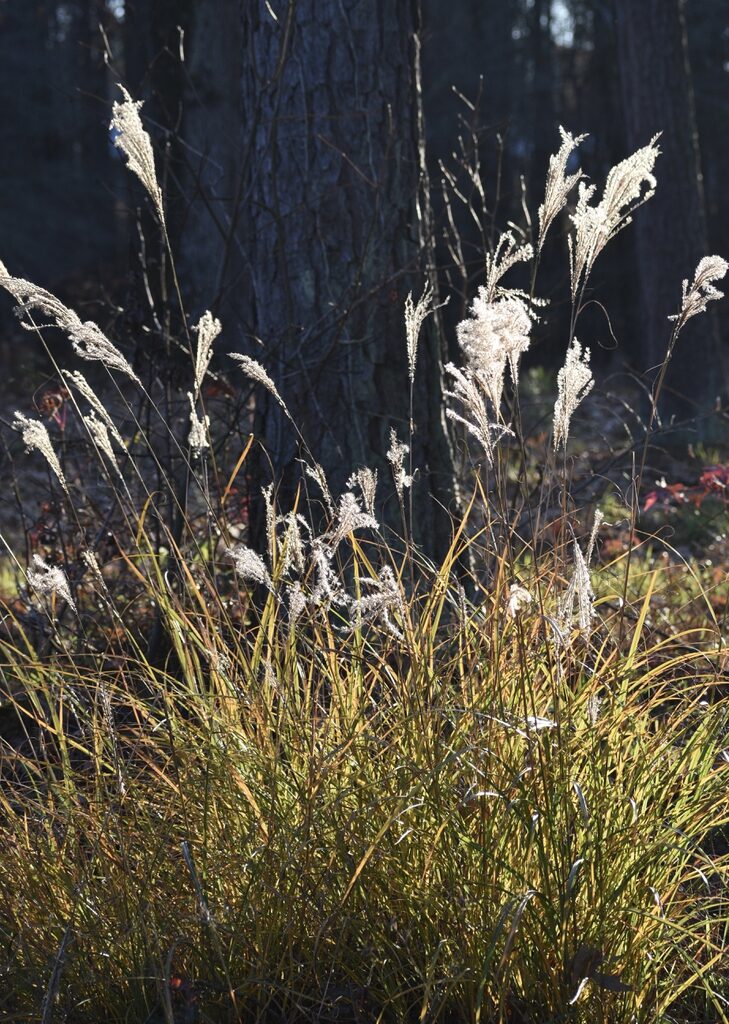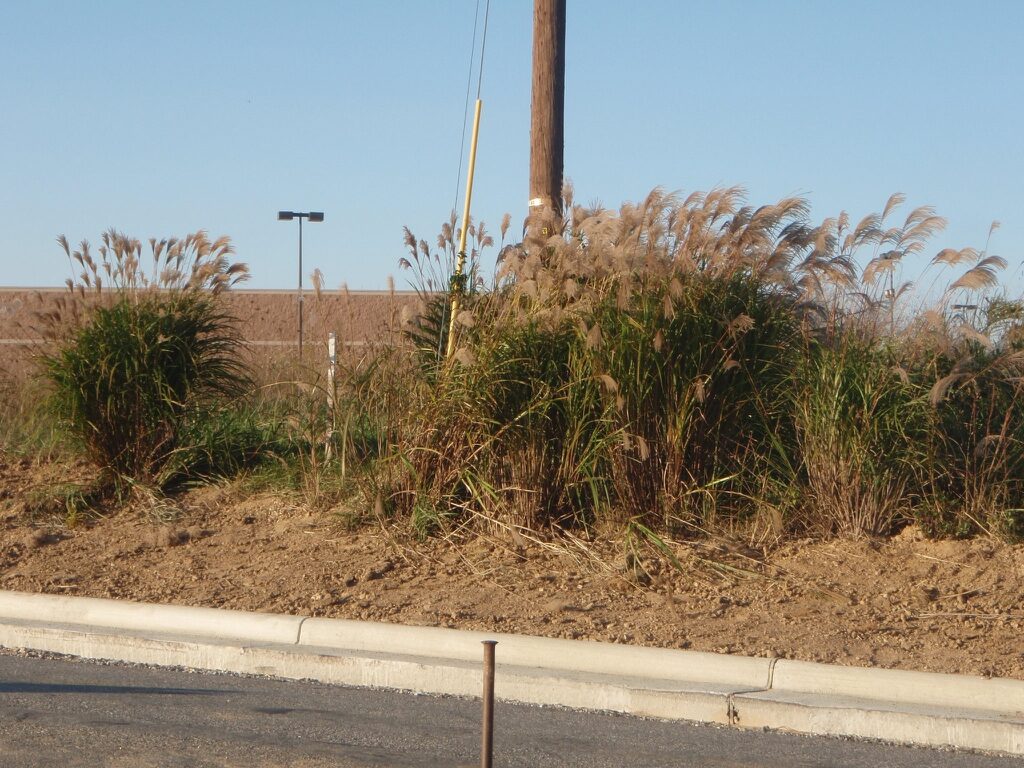Invasive Plant BOLO: Maidenhair Grass
go.ncsu.edu/readext?1091450
en Español / em Português
El inglés es el idioma de control de esta página. En la medida en que haya algún conflicto entre la traducción al inglés y la traducción, el inglés prevalece.
Al hacer clic en el enlace de traducción se activa un servicio de traducción gratuito para convertir la página al español. Al igual que con cualquier traducción por Internet, la conversión no es sensible al contexto y puede que no traduzca el texto en su significado original. NC State Extension no garantiza la exactitud del texto traducido. Por favor, tenga en cuenta que algunas aplicaciones y/o servicios pueden no funcionar como se espera cuando se traducen.
Português
Inglês é o idioma de controle desta página. Na medida que haja algum conflito entre o texto original em Inglês e a tradução, o Inglês prevalece.
Ao clicar no link de tradução, um serviço gratuito de tradução será ativado para converter a página para o Português. Como em qualquer tradução pela internet, a conversão não é sensivel ao contexto e pode não ocorrer a tradução para o significado orginal. O serviço de Extensão da Carolina do Norte (NC State Extension) não garante a exatidão do texto traduzido. Por favor, observe que algumas funções ou serviços podem não funcionar como esperado após a tradução.
English
English is the controlling language of this page. To the extent there is any conflict between the English text and the translation, English controls.
Clicking on the translation link activates a free translation service to convert the page to Spanish. As with any Internet translation, the conversion is not context-sensitive and may not translate the text to its original meaning. NC State Extension does not guarantee the accuracy of the translated text. Please note that some applications and/or services may not function as expected when translated.
Collapse ▲Miscanthus sinensis (Maiden grass)
Maiden grass is prevalent all across WNC. It is most commonly found in areas of construction, roadsides, newly cleared land, or eroded property that receives ample sunshine. Maiden grass is spread by wind and water via its many seed heads, as well as its prolific rhizomes. Maiden grass displaces native vegetation, and also increases fire risk due to its high flammability.
Identification
Maiden grass is a perennial bunching grass that can get 4-6’ wide and 4-12’ tall at maturity. The leaf blades can be green, yellow, or variegated and usually have a distinctive mid-rib that can be silvery, white, cream, or gold in appearance (no hairs present on the leaves). Distinctive panicle seed heads flower in September-November that can be brown to reddish in appearance. Maiden grass is a very popular ornamental grass. There are sterile varieties of maiden grass sold today that have proven to be less invasive due to infertile seed development (‘Bandwidth’, ‘My Fair Maiden’, and others) and provide sustainable options for the green industry. Be wary of generic species and stay away from fertile cultivars if possible to prevent the spread of this invasive plant.
Control
Maiden grass can be controlled using a combination of mechanical, cultural, and chemical methods. Typically the best time to treat starts in late winter or early spring. Before new growth starts, cut all old leaves, and culms near the base of the clumps. This will stimulate new growth during spring green-up. Once the leaves have reached about 12” in height, utilize a spray mixture containing glyphosate at a 1-3% solution (surfactants can increase efficacy of spray treatment). It is important to note that unlike other chemical treatments for invasive plants, where the optimal time for chemical treatment is right after the initial cut, maiden grass is different. By allowing foliage to regrow, you increase the area in which the herbicide can effectively penetrate the plant and reach the rhizomatic tissue. Allow foliage to die back from treatment, cut old foliage off and re-treat as necessary. Multiple treatments will more than likely be needed to gain full control of maiden grass.
There are no silver bullets in the control of tough invasive plants, but active and consistent management can lead to the reduction of populations over time. Maiden grass is no different, and it is important to start treatment before seed enters the seed bank in the fall. Be mindful of drift when using any herbicide product and always follow pesticide label directions! It is important to understand how to use a product safely, and where you can use that product. Note that in certain areas, like aquatic sites, right-of-way, or forested areas, products have to be specifically listed for use in those areas in order to utilize an herbicide. If you have questions about product recommendations or how to manage maiden grass, always feel free to reach out to your local county Extension office to receive guidance. For more information about invasive weed management, visit our website and continue to learn more as invasive plant BOLO’s are published.
Resources:
NC State Plant Toolbox- Miscanthus sinensis
Miscanthus Management- University of Minn. Extension
Invasive Plant Management: Forming a Gameplan After Helene- NC State Extension






